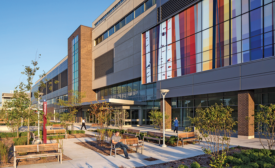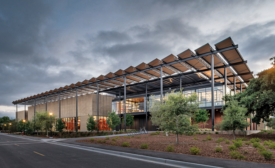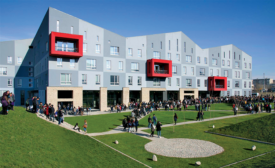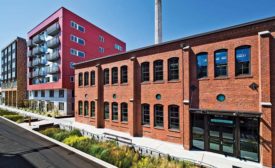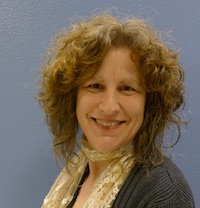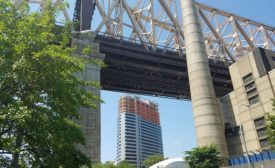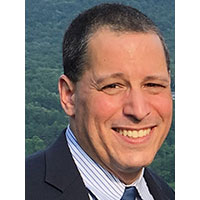Home » green buildings
Articles Tagged with ''green buildings''
Sustainability
The Top 100 Green Designers and Contractors: New Standards Beyond Buildings
Shifting notions of sustainability have firms and their clients struggling to keep up.
Read More
Suffolk Construction Sizzles in Hot South Florida Market
The Southeast Contractor of the Year Achieved a Hefty Revenue Gain in 2015
July 7, 2016
World's Tallest 'Passive House' Intended to Pave the Way for Others
The 26-story Cornell Tech Residential is expected to use 70% to 90% less energy than a conventional building.
Read More
Blighted NYC Area Gains $900M 'Green' Catalyst
Sustainable design anchors the state DOT’s effort to replace the deteriorating 76-year-old Kosciuszko Bridge between Brooklyn and Queens
Read More
Engineer TLC: A Leader in Green Building Design
A devotion to energy savings and respect as a ‘trusted advisor’ characterize ENR Southeast’s Design Firm of the Year
Read More
The latest news and information
#1 Source for Construction News, Data, Rankings, Analysis, and Commentary
JOIN ENR UNLIMITEDCopyright ©2025. All Rights Reserved BNP Media.
Design, CMS, Hosting & Web Development :: ePublishing
